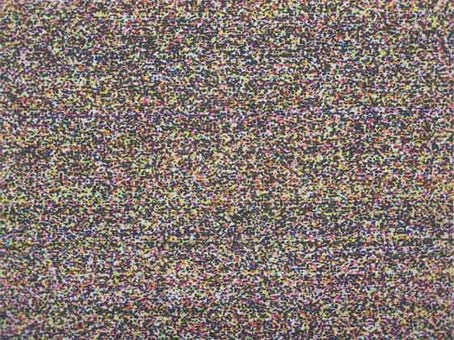The World in 100 Years
Ars Electronica Center, Linz, Austria
June 16th – September 19th 2010
“Everyone will have his own pocket telephone that will enable him to get in touch with anyone he wishes. People living in the Wireless Age will be able to go everywhere with their transceivers, which they will be able to affix wherever they like— to their hat, for instance …“
Robert Sloss: “The Wireless Century,” in: “The World in 100 Years,” Berlin, 1910
The new exhibition in the Ars Electronica Center Linz pays tribute to the creativity, courage and inventiveness of those men and women who have totally committed their energies, abilities and knowledge to a vision of the future. This exhibition surveys a 200-year time span: looking back at what people about a century ago anticipated for this day and age, and showcasing what contemporary thinkers foresee 100 years from now.
As proxies standing for all the visionaries and trailblazers who have worked on their respective „futures“ over the course of humankind‘s history, French writer, illustrator and caricaturist Albert Robida (1848–1926) and Belgian visionary Paul Otlet (1868–1944) occupy this exhibition‘s spotlight.
Bruce Herr, Katy Borner (USA), Wikipedia Visualization
Marjolin Dijkman (BE, NL), Wandering through the Future
Frederik De Wilde (BE), Hostage
Bruce Baikie (USA), Intelligent Solar Powered 3G-WiFi Broadband Access
Hans Frei (CH), Marc Böhlen (USA), Micro Public Places
Teresa Maria Buscemi (USA), electroStatic Architecture
Catherine Kramer (UK), Community Meat Lab
Ken Banks (UK), Frontline SMS
Open Sailing Crew with Cesar Harada (UK), Open Sailing
Tatsuya Narita (JP), Toaster to understand today’s weather
Doug Fritz (USA), Sajid Sadi (USA), Engaze
Brigitte Hadlich (DE), c.50p – 50. Breitengrad
Jonas Burki (CH), Sun_D
Takayuki Nakamura (JP), Wonderful World
Josh Schiller, James Tunick, Carrie Elston (USA), City of the Future
Martin John Callanan (UK), Location of I
Himanshu Khatri (IN), Aquaplay
shiftspace.org (USA). ShiftSpace
Martin Mairinger (AT), USED Clothing
Akio Kamisato, Satoshi Shibata, Takehisa Mashimo (JP), Moony










